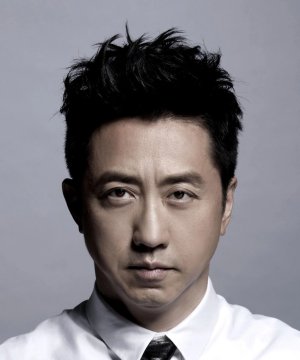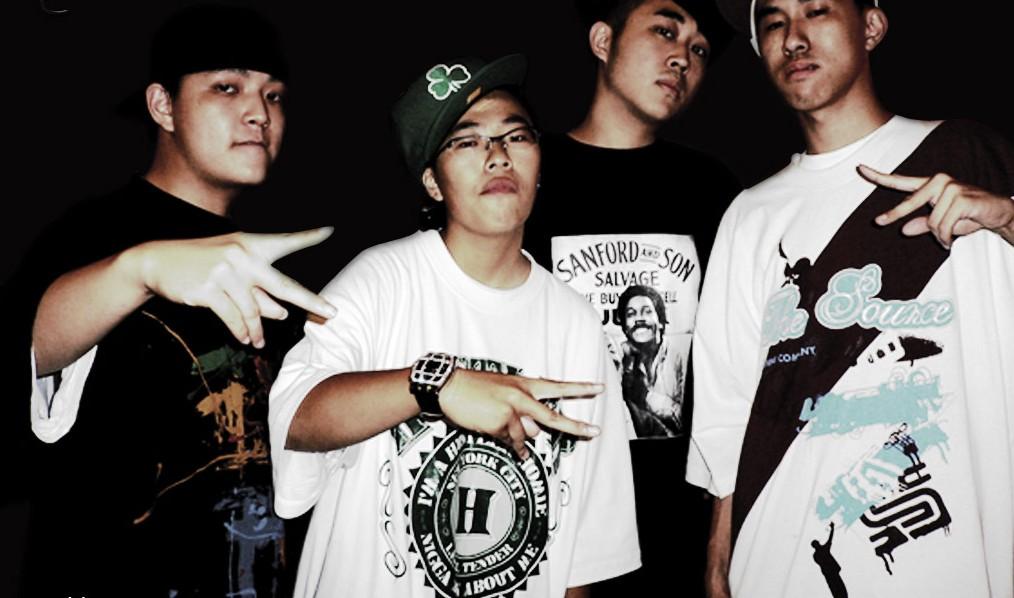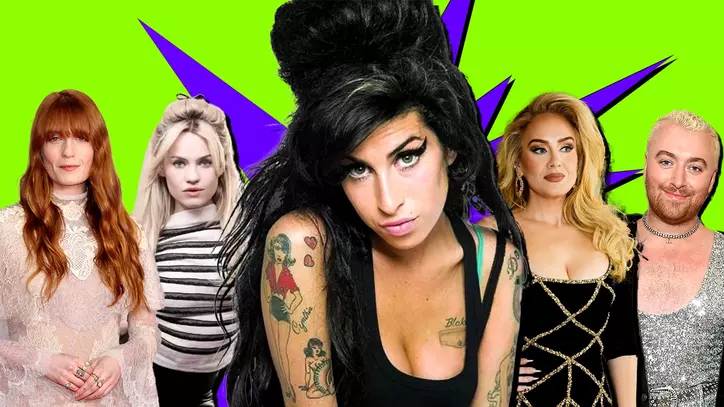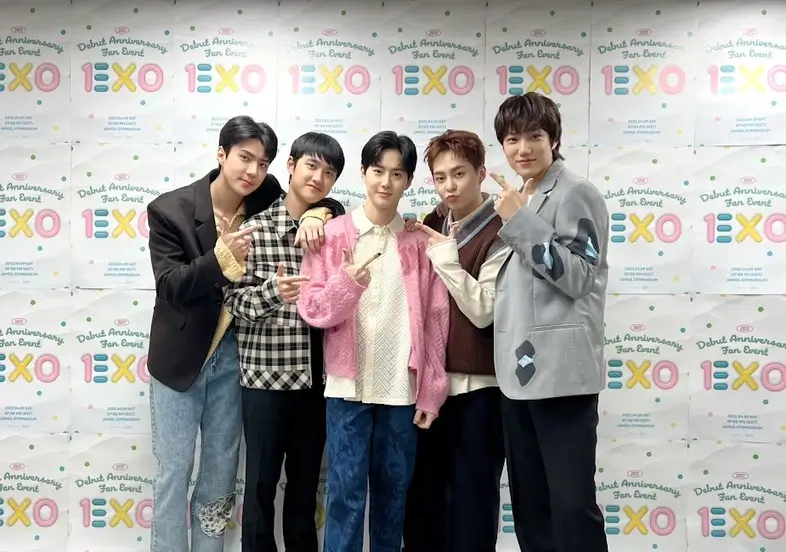Political context and early influences
It is believed that the first influences of Hip Hop culture in China came from the 1990s, through American films like “Wild Style” (1983) and “Breakin'” (1984). During this time, the country was going through the process of economic opening under President Deng Xiaoping, implementing reforms in the political and economic systems of the country.

The adaptation of Chinese socialism amidst global neoliberalism led to the growth of English language education among Chinese people, resulting in an increased interest in Western culture. In Taiwan, the earliest references to Hip Hop appeared as early as the 1980s with Harlem Yu, a pioneering c-pop artist who incorporated R&B and Hip Hop elements into his songs.
Meanwhile, English, Filipino, and Congolese DJs began playing rap music at clubs, such as Juliana’s in Beijing, which became famous for popularizing major American Hip Hop record labels in the city. Another medium for exposure was the illegal importation of Dakou cassettes and CDs, which contained Western music.
Furthermore, pop artists were also starting to be influenced, such as Hong Kong stars George Lam, Sandy Lam, and Shirley Kwan. Additionally, the Chinese rock legend Cui Jian is considered the first artist to record rap entirely in Mandarin, with the song “笼中鸟儿 (Caged Bird)” [1998].
The first groups and rappers
In the early 1990s, several Hip Hop groups emerged in Southeast Asia, marking the beginning of the mainstream Hip Hop scene. Most of these groups either rapped in English or mixed it with Mandarin. In 1992, the mainland Chinese group D.D.Rhythm and the Hong Kong group Softhard made their debuts. The following year, c-pop singers Tutu, Xie Dong, and Xiangjie gained attention with the release of their first rap album ‘Someone (某某人)‘. In Taiwan, the Chinese-American group L.A. Boyz would be responsible for establishing hip hop on the island.
The start of NBA game broadcasts, which eventually featured Hip Hop music, further fueled the interest of Chinese youth in the genre. Additionally, the success of the South Korean group H.O.T. also played a significant role in popularizing Hip Hop. From there, websites and forums dedicated to Hip Hop became crucial in creating a Chinese community and promoting new artists.
:format(jpeg):mode_rgb():quality(90)/discogs-images/A-4116691-1416897291-3790.jpeg.jpg)
Despite occasional successes, rap remained underground in the following decades, particularly the more subversive and innovative styles, as has been the case throughout the history of popular music worldwide. B-boy Li Xiaolong, considered the first solo Chinese rapper, even composed the opening song for the successful drama “The Happy Life of Talkative Zhang Damin” (1998). The group 黑棒Hi-Bomb also gained prominence in the late ’90s, but it was the controversial and politically charged lyrics of the Hong Kong-based group LMF that caught attention. They became the first to sign with a major record label (Warner). Despite their relative success, they faced sanctions from authorities who viewed the group as a bad influence on the youth.
Yin Ts’ang in the north, Bamboo in the south

In the early 2000s, the next big acts in Taiwan were MC Hotdog, Dwagie, and the group TriPoets. All highly influential, with sociopolitical and explicit lyrics, they contributed significantly to the consolidation of the Mandarin rap style. Dwagie was the first rapper to release an entire album in Chinese. In mainland China, the multinational group Yin Ts’ang became the most influential of the decade, receiving critical acclaim from American critics with their album “Serve The People (为人民服务)” [2003]. Alongside them, the Bamboo Crew (竹游人) – a group from Shanghai with a female member – were the first to end each sentence with a rhyme and dominated the decade.
The exchange of Sino-American artists continued with Taiwanese rapper Shawn Sung (宋岳庭), who grew up in Miami and had a short-lived career but owned the classic “Life’s A Struggle.” American rapper MC Jin has one of the longest careers, having collaborated with a diverse range of artists. In 2001, American Dana Burton created the rap battle “Iron Mic,” which promoted new talent and crowned pioneers such as MC Webber from Yin Ts’ang. Notable mentions also go to MC DE-VI (茶米), Big Dog, and Nasty Ray.
All these events and new groups solidified the Hip Hop scene in China. Despite resistance and occasional censorship from the Chinese government, various collectives and independent record labels emerged in different regions, creating subgenres and exploring other styles such as jazz and trip hop.
Stay tuned for Part 2…
References:
Ho, Wai-Chung. “Cultural Studies and Transdisciplinarity in Education – Volume 7”, Springer Nature, 2018;
Goldsmith, Melissa Ursula Dawn; Fonseca, Anthony J. “Hip Hop around the World”, Greenwood, 2019;
Shuhong, Fan. “The History of Rap in China, Part 1: Early Roots and Iron Mics (1993-2009)“, RadiiChina;
Morrison, John. “A Brief History of Taiwan’s Vibrant, Diverse Underground Hip-Hop Scene“, bandcamp;
CBSaeji. “Hip Hop in Japan and China (a very short history lesson)“, Youtube, 2021;
Wang, Jimmy). “Now Hip-Hop, Too, Is Made in China“. The New York Times, 2020.




